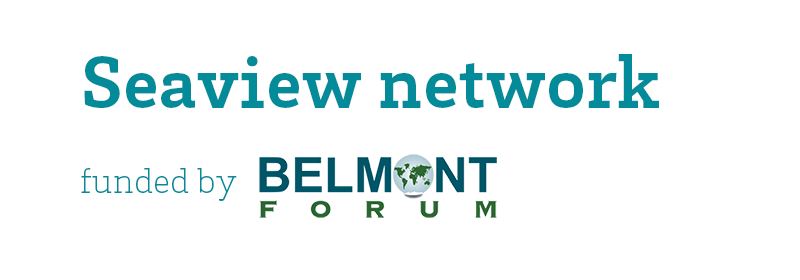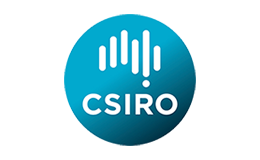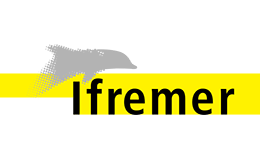Ecosystem models
Overview and introduction to Bioeconomic models

The marine social ecological system is described by a set of n marine stocks exploited by m distinct fleets. A state space formulation in discrete time is used to represent the evolution of the ecosystem. Thus the n stocks whose states at time t are denoted by xi(t) are governed by the following controlled and uncertain dynamic equations
xi(t + 1)= fi(x(t), e(t), k(t), ω(t)) , (1)
for initial time t = t0 to temporal horizon t = T .
These states xi(t) can potentially be vectors of abundance or biomass at different ages or sizes or sex. The global state x(t) representing the community or ecosystem state is the vector of states x(t) = (x1(t), . . . , xn(t)). The controls of the system include the efforts (duration or number of vessels) e(t) = (e1(t), . . . , em(t)) of the different fleets at time t along with environmental quality k(t) = (k1(t), . . . , ki(t)) of the ecosystem. Alternatively output controls through catches could be used through production functions as described below in equation (2). The variables ω(t) = (ω1(t), . . . , ωp(t)) represent the uncertainties (stochasticities) affecting the dynamics of the system. The growth functions fi for each species (or groups of species) may account for inter-specific competition and/or trophic interactions.Environmental quality k(t) can depend on climate or marine habitae.The catches hij (t) of stocks xi(t) by fleet j depend on fishing effort ej(t) through the production function:
hij (t) = hjxi(t), ej (t), ω(t) . (2)
The harvest function hj = (h1j , . . . , hij , . . . , hnj ) of every fleet j accounts for the technical interactions and bycatch which may occur and complexify the control of the ecosystem.










